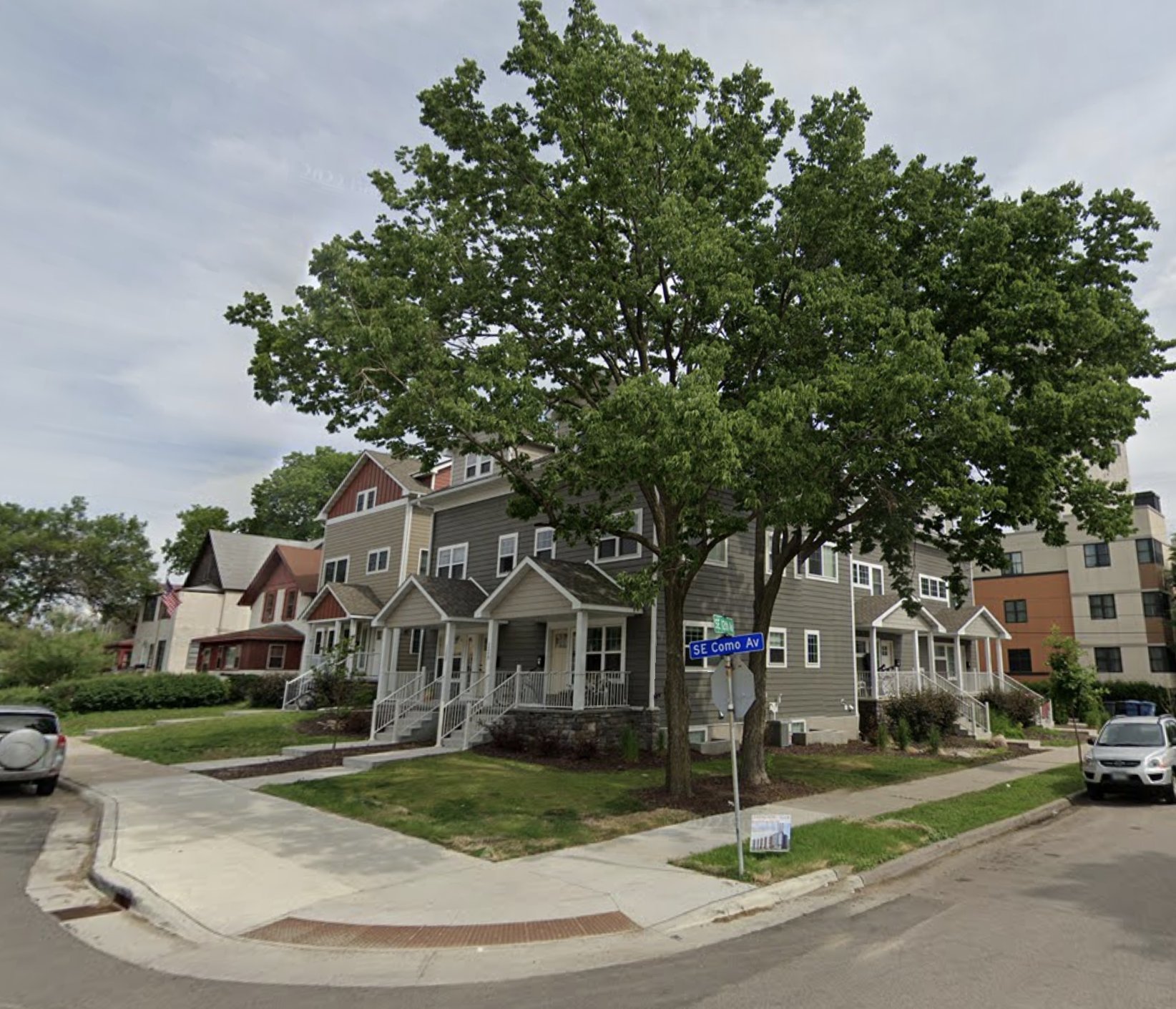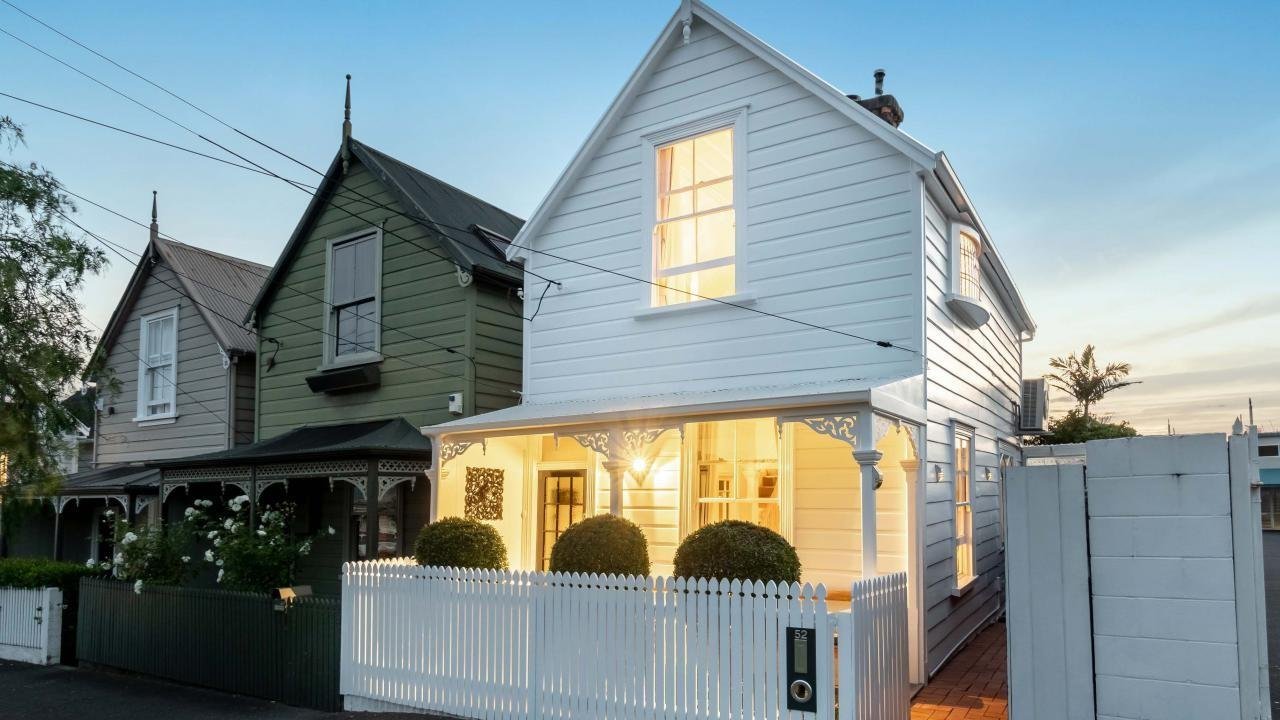Tracking the revolution in housing policy.
Researchers have argued for decades that housing supply is inhibited by zoning and land use regulations. Over the past decade, governments have finally begun to recognise that we need supply to make housing affordable, and have started to relax regulations. Many of these policies are very new, and little is known about their effects. This page tracks the locations and outcomes of these policies over time, as data and information become available. If you believe something is missing or are aware of something new, please get in touch at: onefinaleffortblog@gmail.com.
What is upzoning?
This page defines upzoning as:
Abolishing/relaxing single family zoning to allow for multi-unit housing: As has occurred in Auckland and New Zealand, Minneapolis, California, Oregon, Maine, Gainesville, and Spokane
Changing zoning laws to allow for high density around transit corridors: As has occurred in New Zealand and Minneapolis
Upzoning can be supported by other policies that can help increase density and housing supply in a city, such as:
Reducing minimum floor space requirements: As has occurred in Connecticut.
Reducing Restrictions on Accessory Dwelling Units (ADUs): As has occurred in Sydney, California, Minneapolis, and Connecticut.
Relaxing minimum car parking requirements: As has occurred in Minneapolis, St Paul, Connecticut, San Francisco, New Zealand, Buffalo, Hartford, Oregon, Lexington, Cambridge, and California.
A Full timeline of when and where these policies have occurred can be found at the bottom of the page.
Last Updated 17/4/23:
Data current to April
Arlington, Virginia abolishes single-family zoning.
At least
11
jurisdictions have adopted upzoning-style policies
3
causal studies that upzoning can increase supply
At least
2
areas have seen lower rents after upzoning
0
Australian jurisdictions have adopted upzoning policies
Auckland
In November 2016, Auckland upzoned approximately three-quarters of its residential land area under the Auckland Unitary Plan (AUP). The AUP abolished single family zoning on three-quarters of suburban land.
The AUP was associated with a large increase in new dwelling starts, most of which were multi-unit dwellings. The current 12-month rolling average in 2022 is more than double that of the same point in 2016.
Sophisticated causal analysis that controls for other factors that also drive building approvals indicates that upzoning led to around 20 000 new dwellings over a four year period. This represents just shy of 4 per cent of the stock of housing in the Auckland region in just four years. The real effect of the policy in the long run is likely to be significantly greater.
The location and composition of builds also changed. In 2015, 2 out of 3 housing permits were issued in the inner suburbs. In 2020, this figure was 6 out of 7. Standalone houses have fallen in significance compared with higher density dwelling forms, dropping from 70 per cent to under 50 per cent.
Upzoned properties increased in value, while intensively developed properties decreased in relative value, showing that the option to ‘upzone’ was valued by the market.
Rents have declined in real terms since 2016. They have grown by just 17 per cent since the end of 2016, and lower-quartile rents have grown by just 11 per cent, both lower than the rate of inflation.
The policy was so successful that it inspired similar policies throughout the rest of the country through the National Statement on Urban Development and the Medium Density Residential Standard.
House prices have grown far more slowly in Auckland than the rest of the country since upzoning, and were less responsive to changes in interest rates.
A more detailed look at Auckland can be found here.
Reforms caused a
4% increase
in the stock of housing
Since 2016 a
10% decrease
in median rent-to-income ratio. (From 22 to 20 per cent)
Real Rents Down
2%
Since upzoning
Effect of upzoning on supply
Supply
Rents
Source: https://www.stats.govt.nz/information-releases
Source: https://www.tenancy.govt.nz/about-tenancy-services/data-and-statistics/rental-bond-data/
Real Rents
Affordability
Minneapolis
Minneapolis was the first city in the U.S. to abolish single-family-zoning, allowing triplexes to be built on most blocks. However, the upzoning story here is far more complicated than in Auckland. There is not a specific ‘before’ and ‘after’ date of upzoning. Over the past decade, the City Council has taken a pro-density stance and has gradually relaxed regulations. Transit corridors were upzoned, and minimum height limits were set in dense areas. Maximum dwelling occupancy caps were scrapped, and changes to accessory dwelling unit (ADU) rules made it easier to build granny flats and backyard apartments. Mandatory parking minimums were eliminated.
Many of these requirements (including the single-family zoning abolition) were packaged into the Minneapolis 2040 plan which came into force at the start of 2020, and has since faced legal challenges. Its true impacts are as yet unclear, as more time is likely required. But, we can begin to see some early impacts, as well as the impacts of policies passed throughout the 2010s.
Although the amount of duplexes and triplexes built are still low, there has been a notable increase since the 2040 plan’s passage. Moreover, there was a 3 to 5 per cent increase in prices for plots upzoned relative to those not upzoned, with price increases greatest for plot areas with greater amounts of vacant space and smaller existing dwellings.
Housing supply has been high over the past 4-5 years. It dropped briefly during the early stages of the COVID-19 pandemic, but has begun rising again.
Minneapolis rents for have grown slower than CPI and the U.S. Average, as well as the neighbouring city of St. Paul.
Mean Parking-Per-Unit fell to 0.55 in 2022, down from 1.13 in 2014, and also down from the 10 year average of 0.82.
Homelessness has fallen in the city, as it has grown in similar cities nearby.
A more detailed look at Minneapolis can be found here.
Plexes Construction
Upzoning Timeline:
2023
April 2023: Arlington, Virginia abolishes single family zoning.
Feb 2023: Decatur, Georgia abolishes single family zoning, allowing plexes in previous single family areas.
Jan 2023: Bend, Oregon abolishes parking minimums.
Victoria, British Columbia upzones to allow up to six homes on most average residential lots if the lot is within a Traditional Residential Zone.
2022
December 2022: San Jose, California abolishes parking minimums.
November 2022: Anchorage, Alaska abolishes parking minimums
Newton, MA eases restrictions on ADUs.
Ontario passes the More Homes Built Faster Act, upzoning transit corridors and allowing 3 residential units on most parcels of land.
October 2022: Gainesville, Florida, abolishes single family zoning.
Cambridge, Massachusetts, Lexington, Kentucky, and Culver, California all abolish parking minimums
September 2022: California passes AB 2097, abolishing parking minimums within half a mile of major transit.
August 2022: California passes AB-2011 allowing multifamily dwellings in commercial areas.
The Medium Density Residential Standard comes into force in most large New Zealand cities, which requires the country’s most populous cities to permit up to three stories and three dwellings on all existing residential parcels of land.
Ann Arbor City abolishes parking minimums.
Charlotte, NC approves the Unified Development Ordinance (UDO), which allows duplexes and triplexes on all blocks, and removes parking minimums within a half-mile walk of transit stations. The UDO comes into effect on the 1st of June 2023.
Massachusetts releases new rules - known as “MBTA communities”, which means that multifamily housing districts must meet a minimum density around transit in order for cities and towns to continue to receive funding from several major sources.
July 2022: After a lawsuit from Environmental Groups, the Minneapolis 2040 plan is allowed to proceed temporarily.
Oregon’s upzoning bill becomes effective in Portland.
Oregon reduces parking minimums, particularly around transit, to come into force at the start of 2023.
June 2022: Spokane (Washington State) implements a one year pilot program to allow duplexes and townhouses in all residential neighbourhoods, and triplexes and fourplexes in targeted areas near transit lines and busier commercial areas.
Raleigh, NC, passes a series of bills which will eventually abolish parking minimums, ease restrictions on ADUs, upzone transit corridors, reduce minimum lot sizes, and allow for more ‘missing middle’ housing.
May 2022: The Biden Administration announces the Housing Supply Action Plan, that rewards local governments that reform their zoning laws on federal grants processes.
April 2022: Maine passes LD 2003, abolishing single-family zoning, allowing two units per block, and four units in designated growth areas, allows ADUs, eases parking restrictions and density requirements.
2021:
September 2021: California passes SB 9, allowing single-family zoned lots to be split into two, with two dwellings able to built on each.
August 2021: St Paul abolishes off-street parking minimums
June 2021: Connecticut passes H.B 6107, which reduces restrictions on Accessory Dwelling Units, parking requirements, and minimum floor sizes.
May 2021: Minneapolis fully abolishes off-street parking minimums
Jan 2021: Built-form regulations from the Minneapolis 2040 plan come into force, upzoning transit corridors and commercial areas.
2020:
August 2020: The National Policy Statement on Urban Development comes into force, requiring large cities to zone for residential structures of up to six stories within walking distance of rapid transit stations.
January 2020: The Minneapolis 2040 plan comes into force, eliminating single-family home zoning
A series of bills that make it easier to build accessory dwelling units become active in California.
San Francisco abolishes parking minimums
2019:
July 2019: Oregon passes HB 2001, which abolishes single-family home zoning in cities more than 25000 people, allowing up to Quadplexes, and allowing duplexes in cities more than 10000 people
March 2019: Seattle upzones 27 neighborhood hubs
Earlier:
December 2017: Hartford, Connecticut abolishes parking minimums
April 2017: Buffalo becomes the first city in the United States to entirely remove parking minimums.
December 2016: The Auckland Unitary Plan (AUP) comes into force, upzoning 3 quarters of inner urban residential land.
2015: Minneapolis further eases off-street parking near transit.









